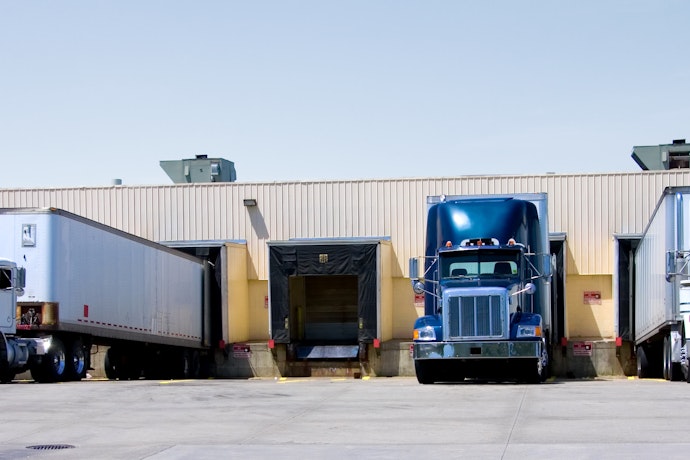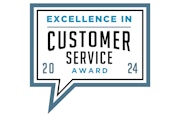How Smart Video Fuels Smart Business
Learn how video solutions with intelligent analysis capabilities can help benefit your drivers and enhance safety programs.
Read more
Trucking is a vital component of the entire U.S. economy. In fact, the trucking supply chain moves almost 70% of domestic goods. The recent pandemic has only put a spotlight on this importance, as fleets have become even more vital to the continued delivery of life-saving goods and services.
However, a shortage of drivers has been putting strain on fleets and the overall supply-chain ecosystem for a number of years, and it’s predicted to continue. According to Automotive Fleet, “As the retirement of Baby Boomer truck drivers grows with each succeeding year, the American Trucking Associations (ATA) predicts a truck-driver shortage could reach as high as 175,000 by the year 2024.” In addition, the ATA predicts that over the next decade, the supply-chain industry as a whole will need about 1.1 million drivers.
Drivers aren’t the only staff members in short supply; as “the vehicle maintenance and repair industries are experiencing a skilled-labor shortage as Baby Boomer technicians retire in greater numbers than those replacing them.”1 Additionally, other qualified fleet management professionals, such as managers and supervisors, are in demand across many industries. Data analysts able to analyze and execute on “the myriad data produced by fleet management information systems, telematics, vendors, and ECMs” are becoming increasingly critical for efficient supply-chain operations.
What does this all mean for you and your fleet? It means that you need a better way to extend your resources. Here’s how telematics can help.
In the case of an industrywide driver shortage, your existing fleet drivers have a lot more on their shoulders. Now more than ever, it’s crucial to streamline your operations and find new efficiencies to make your drivers’ jobs easier and more productive.
Telematics technology can help. From monitoring fuel expenses to helping determine the most efficient route from point A to point B, a fleet management platform can positively impact your bottom line. Here are some of the ways your organization can take your resources further with a telematics solution:
“With the live map, I'm able to oversee where all our vehicles are throughout the day. If I get a call and somebody needs work in a specific area, I can check that technician's availability and assign a job directly to a technician that’s in that area — which saves time.” –Andrea Vigil, founder, Allegiant Electric
In today's industry landscape, keeping costs low is critical to organizations that rely on fleets. According to Mike Antich, Editor, Automotive Fleet, "Labor rates continue to increase, exacerbated by the ongoing labor shortage in our economy, especially in urban areas that have a high cost of living. In order to attract skilled technicians, vendors and suppliers have been increasing the labor rate in order to bring these people into their companies, and that increased labor rate is translating over to fleets, which is putting upward pressure on fleet maintenance costs."3
There is no single solution to solve an ongoing industry shortage of drivers and other skilled workers. But telematics can help organizations properly utilize their existing employees and vehicles while also helping to keep them safe on the road with proactive maintenance. As an added bonus, an efficient, data-driven organization can provide added incentive for new employees to come work for the company.
To find out more, visit verizonconnect.com or call 866.844.2235 to schedule a free live demo of Verizon Connect fleet management technology today.
Tags: Field management, Fleet utilization, Dispatching & Scheduling, Fuel cost management, Productivity & Efficiency, Revenue & ROI




Find out how our platform gives you the visibility you need to get more done.
Learn how video solutions with intelligent analysis capabilities can help benefit your drivers and enhance safety programs.
Read moreAre you ready for vehicle tracking? Go through our checklist to learn the signs you’re ready to add fleet tracking to...
Read moreTechnology adoption helps fleets navigate operational obstacles. Learn what fleet management industry technology trends...
Read moreLearn how telematics can lead to operational improvements.
Read more
Get your free 2024 Fleet Technology Trends Report and see how organizations are: